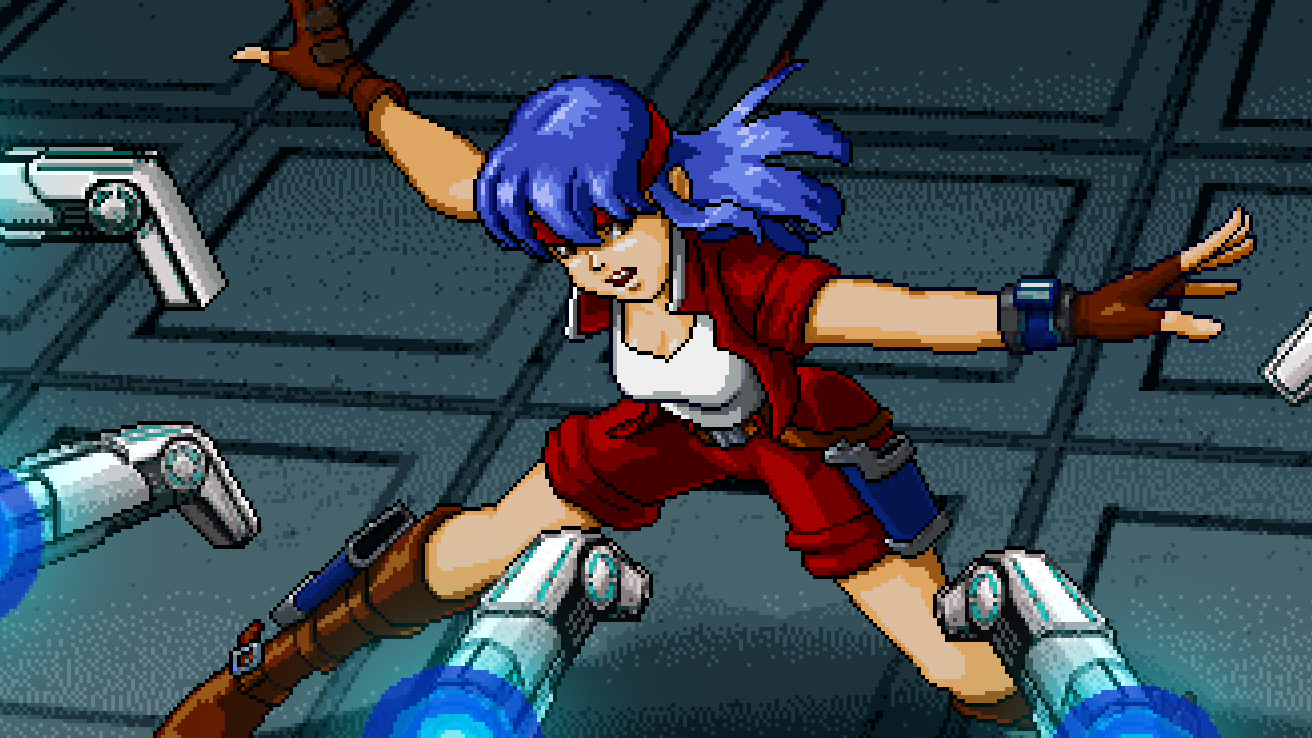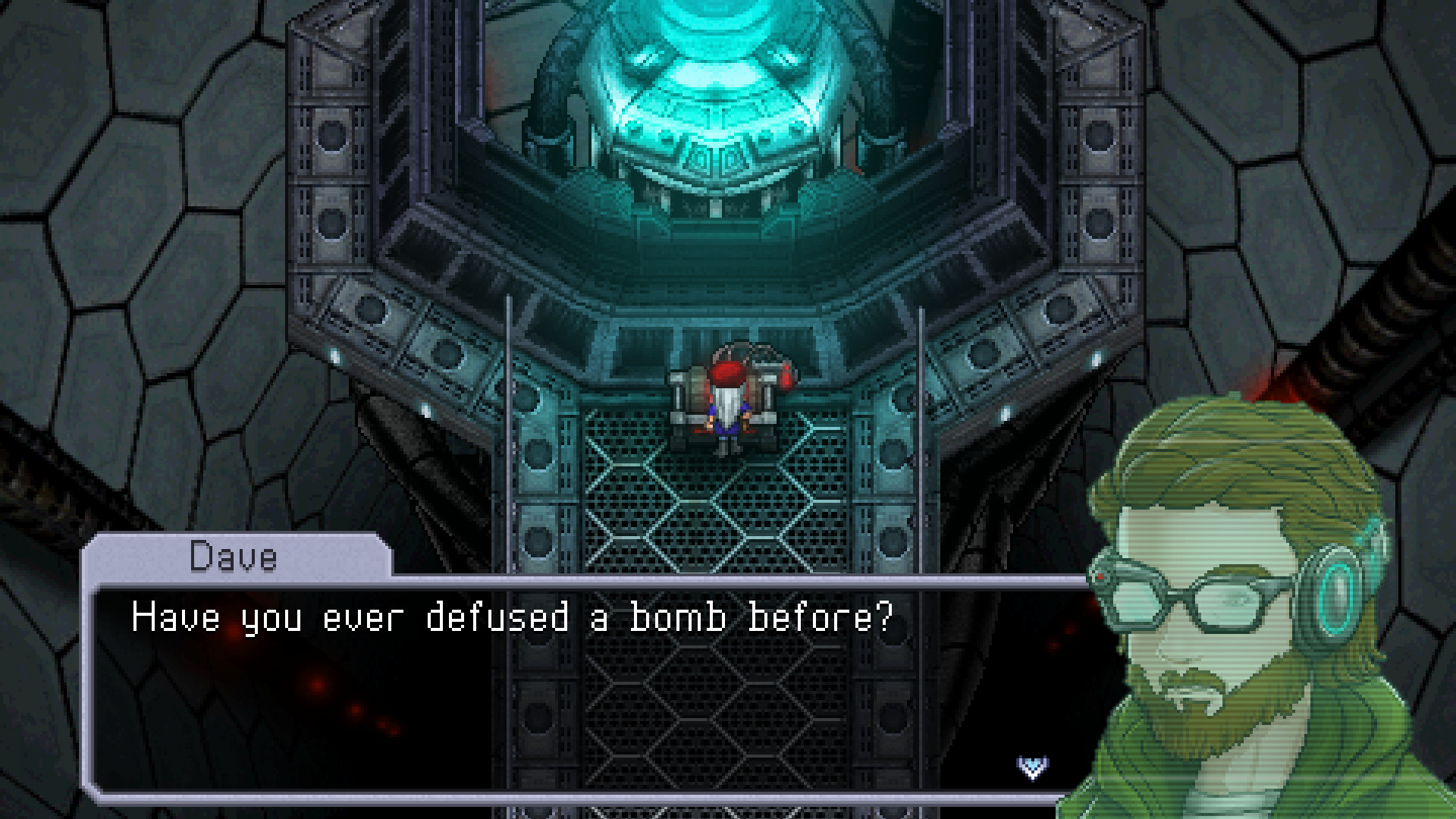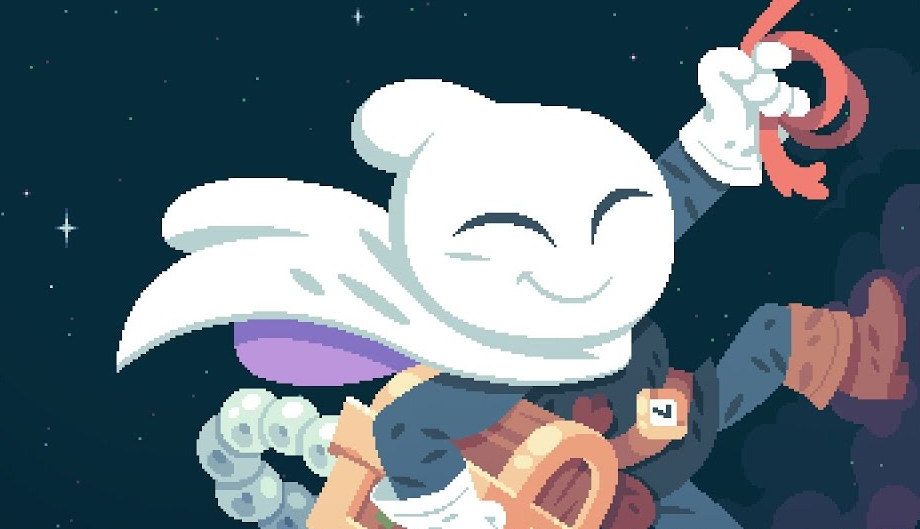How small teams deal with the madness of releasing on Steam
The creators of Cosmic Star Heroine thought everything would go smoothly after release. Spoiler: they were wrong.

In the hours after the release of Cosmic Star Heroine, after a night of chittering anxiety, a week of frantically digging up lingering bugs, and four years of programming and polish for a project that was originally dreamed up as a Kickstarter all the way back in 2013, art director Bill Stiernberg realized there was something wrong. A fraction of his playerbase were drawing their guns only to watch as some of the enemies on the other half of the screen immediately despawned.
Cosmic Star Heroine is a globetrotting RPG built directly out of the bones of legendary 16-bit adventures like Chrono Trigger and Final Fantasy 6, complete with an old school battle system. But now the spectacle of its treasured, multi-tiered combat was broken.
"There’s this [boss battle] against a giant mech enemy where you fight its two arms, and the battle would start with one of the arms disabled because of this bug," says Stiernberg. "They’d be only fighting one arm, and afterwards they’d be like 'well, that was an easy battle.' It drove us crazy. We didn’t know why these enemies were just vanishing."
The culprit was the Bagman—an NPC that self-destructed upon defeat, doing damage to the other monsters in his party. Stiernberg liked the design (it was originally concocted by a Kickstarter backer) but there was one particular programming error left undiscovered during testing. If the Bagman was the last enemy to die in an encounter, it would leave a residual tag on the enemies in future encounters. That meant when NPCs loaded in with that tag attached to their data, their health bars immediately dropped to zero.

Thus, the mystery of the despawning enemies was solved, and Stiernberg heaved a sigh of relief. Perhaps you’re wondering why the bug wasn’t caught sooner, but Zeboyd Games is made up of exactly two people. They did what they could.
"There were only a few testers, myself included, and we knew to attack the guy first because he self-destructs, so you don’t want to leave him alone," says Stiernberg. "That made it really hard to catch."
Undercooked big-budget games get pushed out the door before they’re ready all the time, and crises like Stiernberg’s Bagman are not limited to the indie scene. But still, major games routinely escape rocky launches through the concentrated power of corporate infrastructure. Take Rainbow Six: Siege, a tactical shooter that was lost in the shuffle after its 2015 release. Through the combined efforts of PR liaisons and a multi-continental development squadron, today Ubisoft can rightfully name that game as one of the most successful FPS platforms on the planet.
Keep up to date with the most important stories and the best deals, as picked by the PC Gamer team.
I don’t think I can understate how little sleep I got.
Bill Stiernberg
Zeboyd Games, of course, does not have the same luxury. Stiernberg and his partner Robert Boyd are veterans at working without a harness. Together they’ve made the lovable Cthulhu Saves the World, and episodes three and four of the rebooted Penny Arcade Adventures: On the Rain-Slick Precipice of Darkness. So what happens when an indie developer is staring down release-date chaos? What’s it like knowing that your publisher’s paratroopers aren’t on their way to bail you out?
As Stiernberg tells it, it sounds like hell.
"I don’t think I can understate how little sleep I got," he says. "We had this release date that we absolutely had to meet, because we were launching on PlayStation 4 at the same time, and we needed to be available for a promotion they were doing, which is a very important thing for any developer, especially a small one. I was testing constantly in every spare moment, and I was reaching out to anyone who was going to receive a review key. That was stressful too, because there were certain things we wanted to get in before we sent those codes out, which is obviously not ideal."
Don’t Panic
One of the things Stiernberg remembers best is the crucial day-one patch he needed to deliver to the PS4 servers. Neither he nor Boyd had a ton of experience working for the platform, and unlike Steam, where developers can configure their game's code in a moment’s notice, they found themselves stuck in a lengthy licensing phase to get the update online. "We keep getting these errors, and we're going back and forth with these Sony people on email every two minutes," he says. "And at the same time we have people writing Steam user reviews, and we have people on Twitter sending us screenshots of the PS4 pre-loading screen saying, 'Hey look! It says it unlocks in one hour and 15 minutes! I'm excited!' and I'm like, 'I'm excited too, but not for the same reasons!’"

Of course, most of the controversies a developer faces on launch day aren’t quite as heartbreaking or inscrutable as a bugged boss that makes other enemies vanish. For the most part, Stiernberg spent time working with a stubborn trailer that refused to appear on the PlayStation landing page while keeping a watchful eye on bug report threads on the Steam forums. That doesn't mean those smaller issues are easy to brush off. Eventually, Stiernberg says, it will seem like there are a thousand things to do, and that can put a lot of pressure on a small team. Especially in a marketplace like Steam with such a volatile trending page.
This is a panic that every developer faces. Jean-Francois Major co-founded Tribute Games, the studio that released the excellent roguelike Flinthook earlier this year. His advice is to take a deep breath and move methodically.
Nothing else that I’ve done has ever consumed my mind in the way this does.
Bill Stiernberg
"It's so easy to panic and want to address every issue or concern. Make a list, communicate with your players and evaluate what needs to be addressed and how. If it's not a critical bug fix, you shouldn't be hot-fixing the next day. Plan how you will implement these changes and make sure they fit your vision of the game," he says. "Some of the comments might also be non-issues. Take the Destiny 2 shader changes for example. It blew out of proportions at launch and quickly died off when people got further in the game and noticed they were drowning in shaders."
Stiernberg agrees. "The more you do, the better you feel. Even if it’s little stuff," he says. "If you’re on a team, keep in regular communication with them, because they’re going through the same thing. And keep making progress, it goes a long way [to calm] your anxiety."
No plan survives contact with the enemy
If you spend enough time reading about this industry you’re eventually confronted with the unassailable fact that building a game from the ground up is one of the hardest things anyone can do, especially if you’re working without a publisher. There is no real contingency plan in a Kickstarter mandate, and truthfully, Stiernberg and Boyd don’t have to live like this.
They could pack up Zeboyd and go get jobs at a much larger company, where they could off-load a lot of the responsibilities they held themselves accountable for during the Cosmic Star Heroine cycle. Jobs where they don’t have to run the marketing, the programming, the art, the writing, and the press relations all while making sure an enemy called 'the Bagman' is working properly. This is true for dozens of indie game developers, but despite how punishing this business can be, they remain. Stiernberg tells me he couldn’t imagine it any other way.

"I could never get away [from game design,]" he says. "Nothing else that I’ve done has ever consumed my mind in the way this does. I'm constantly thinking about, 'How can I improve this, how can I do this better, how can I push this further?' If it didn’t mean that much to me personally I don’t think I could do this… it’s a double-edged sword. It can be crushing to be responsible for all of these things, but the satisfaction, the sense of pride in how you were able to do all of these things, is hugely important."
Bill Stiernberg stayed up for a week straight. Every moment was another microscopic disaster. He got himself high and low on reviews, he pored over the same code he stared at for years, and he says it was worth it. He and Robert Boyd were doing it all. Keep that in mind the next time you find yourself struggling to play through a buggy launch.
Some online stores give us a small cut if you buy something through one of our links. Read our affiliate policy for more info.

Luke Winkie is a freelance journalist and contributor to many publications, including PC Gamer, The New York Times, Gawker, Slate, and Mel Magazine. In between bouts of writing about Hearthstone, World of Warcraft and Twitch culture here on PC Gamer, Luke also publishes the newsletter On Posting. As a self-described "chronic poster," Luke has "spent hours deep-scrolling through surreptitious Likes tabs to uncover the root of intra-publication beef and broken down quote-tweet animosity like it’s Super Bowl tape." When he graduated from journalism school, he had no idea how bad it was going to get.

